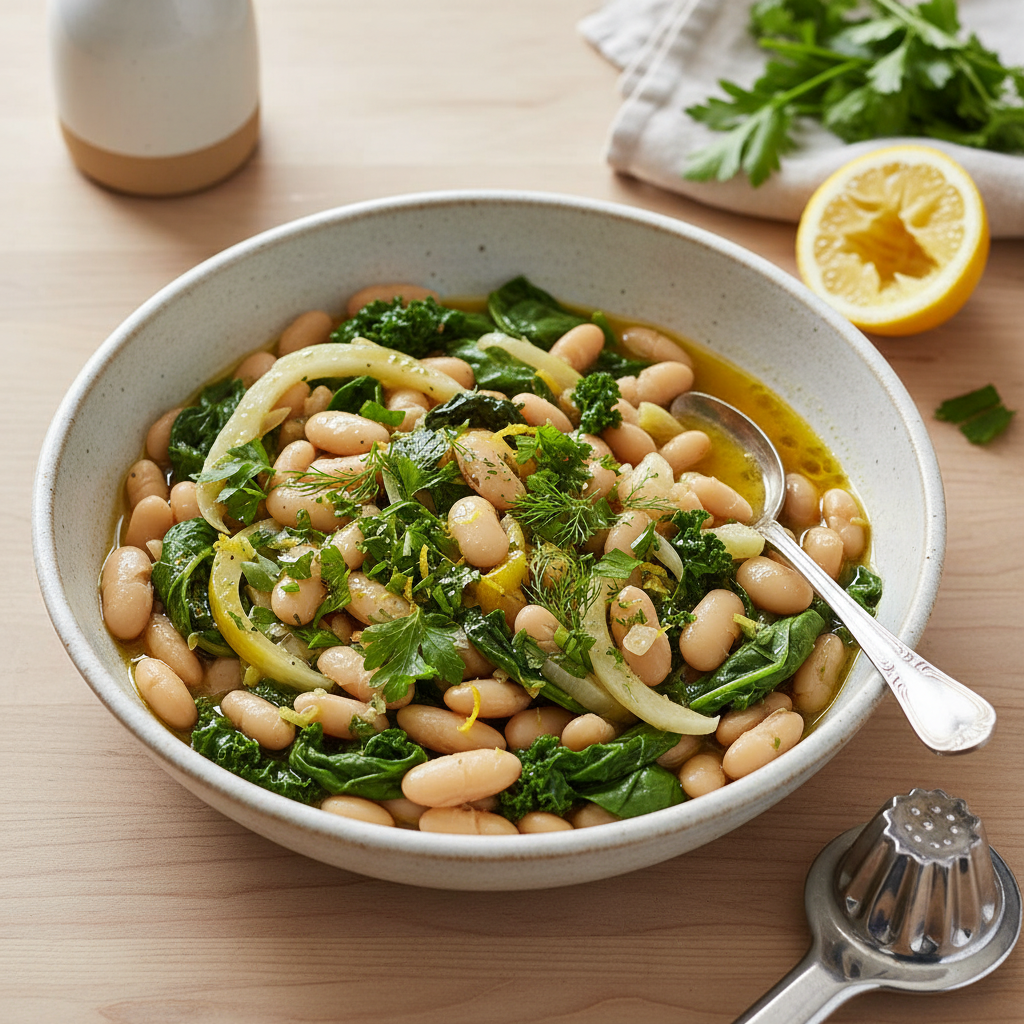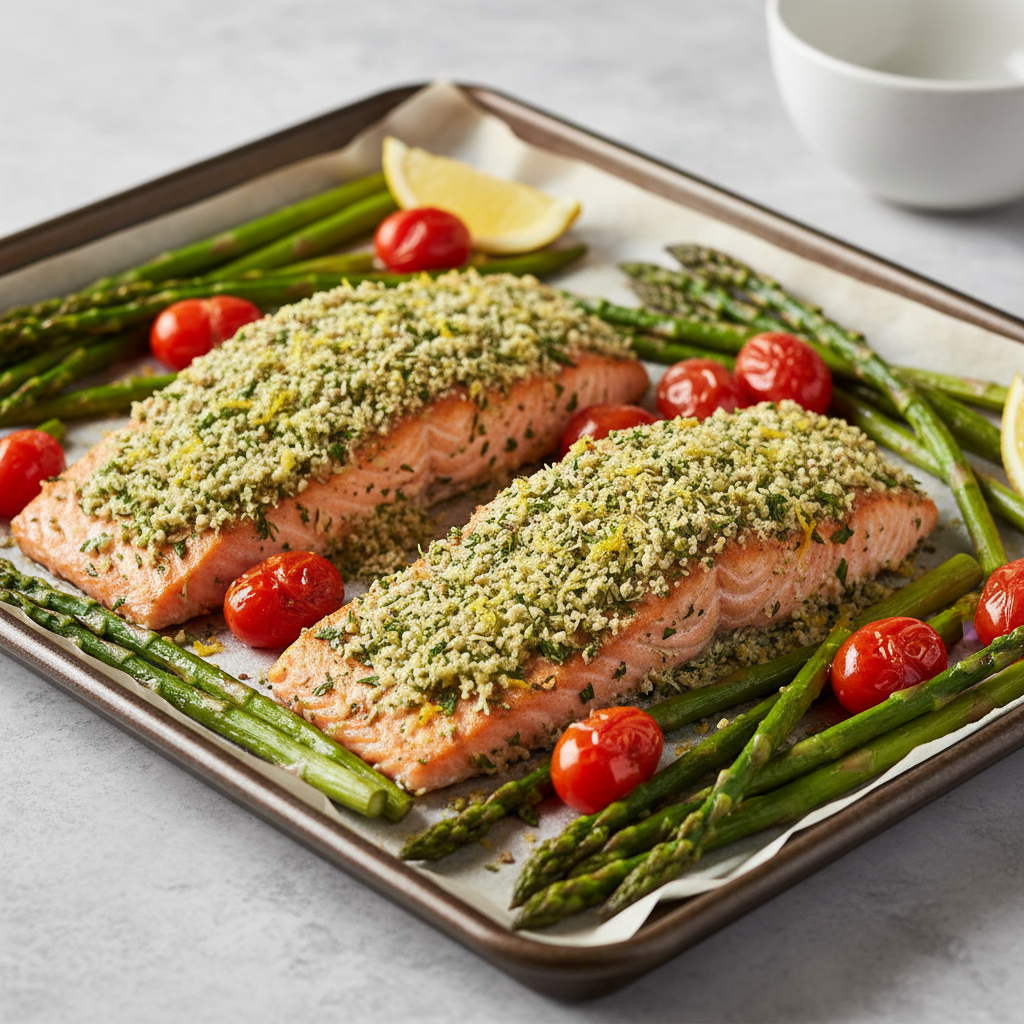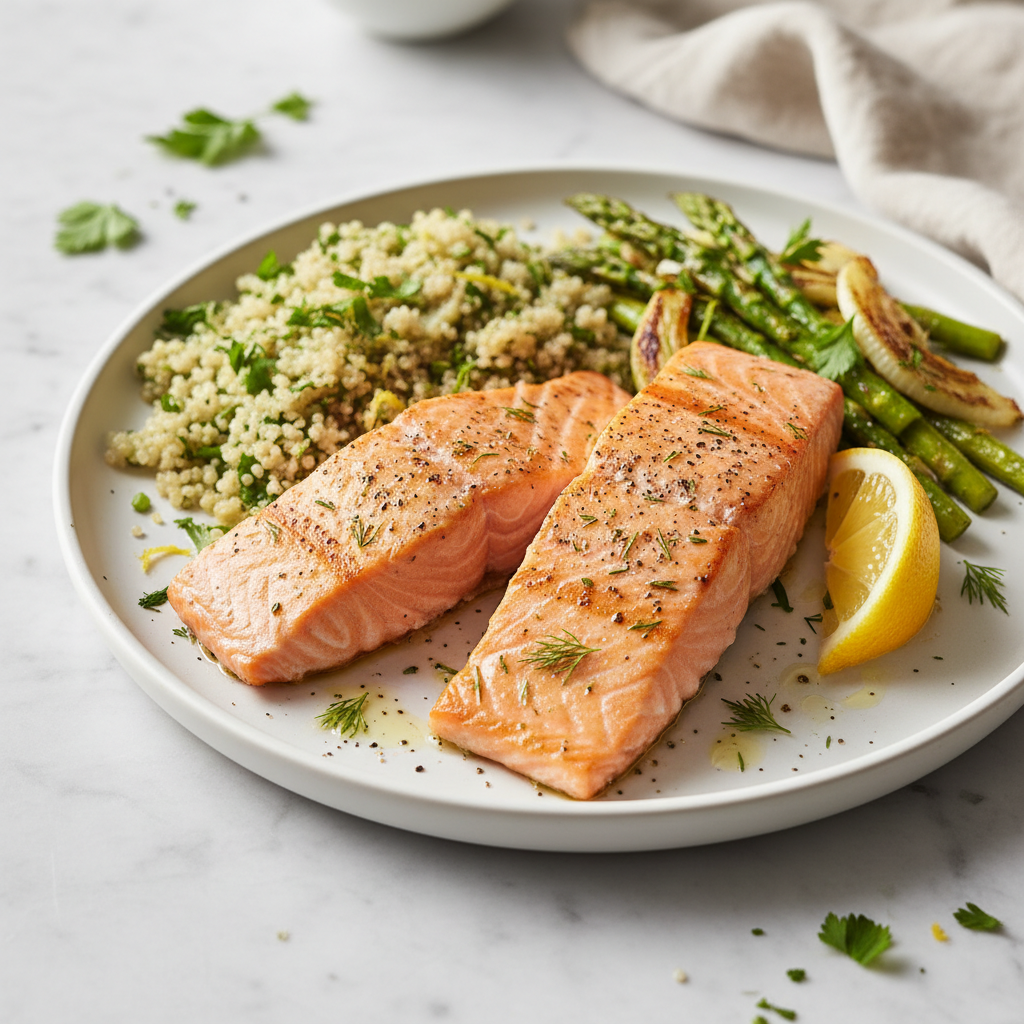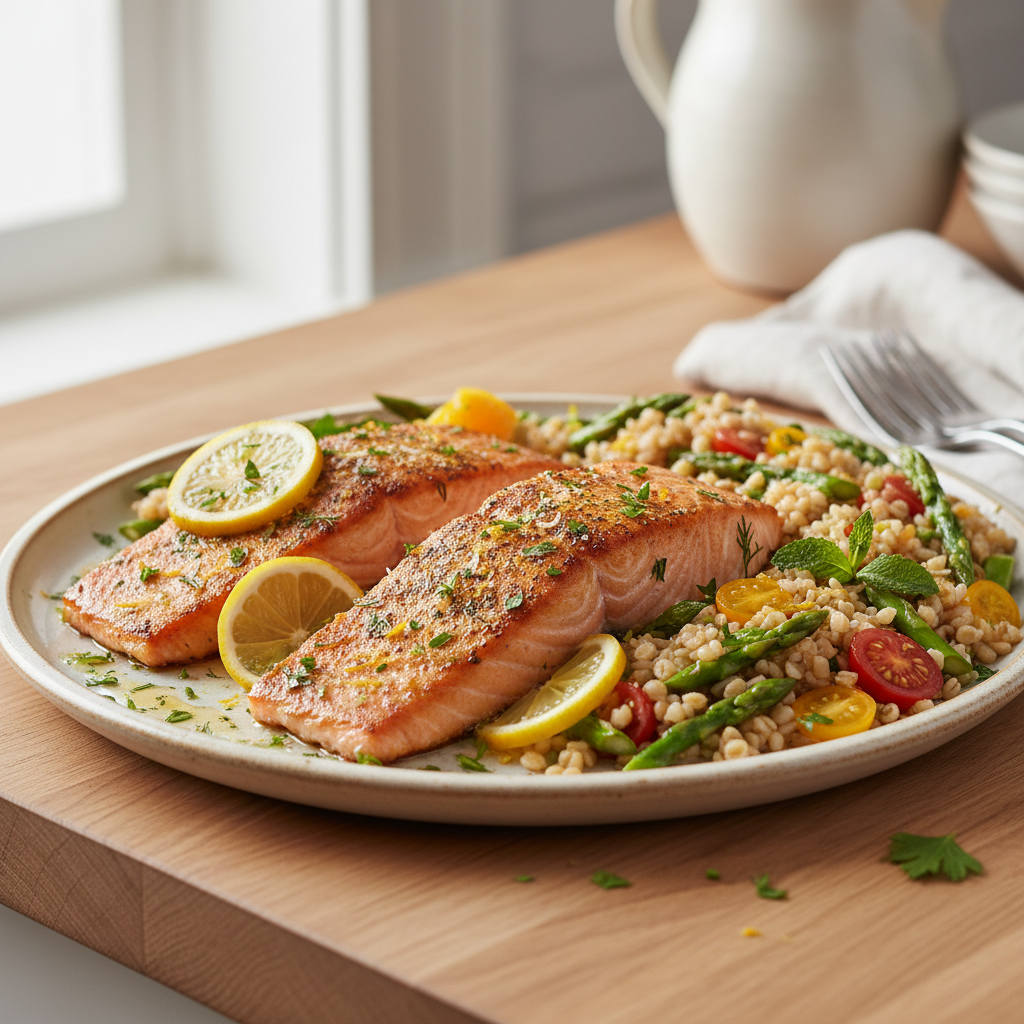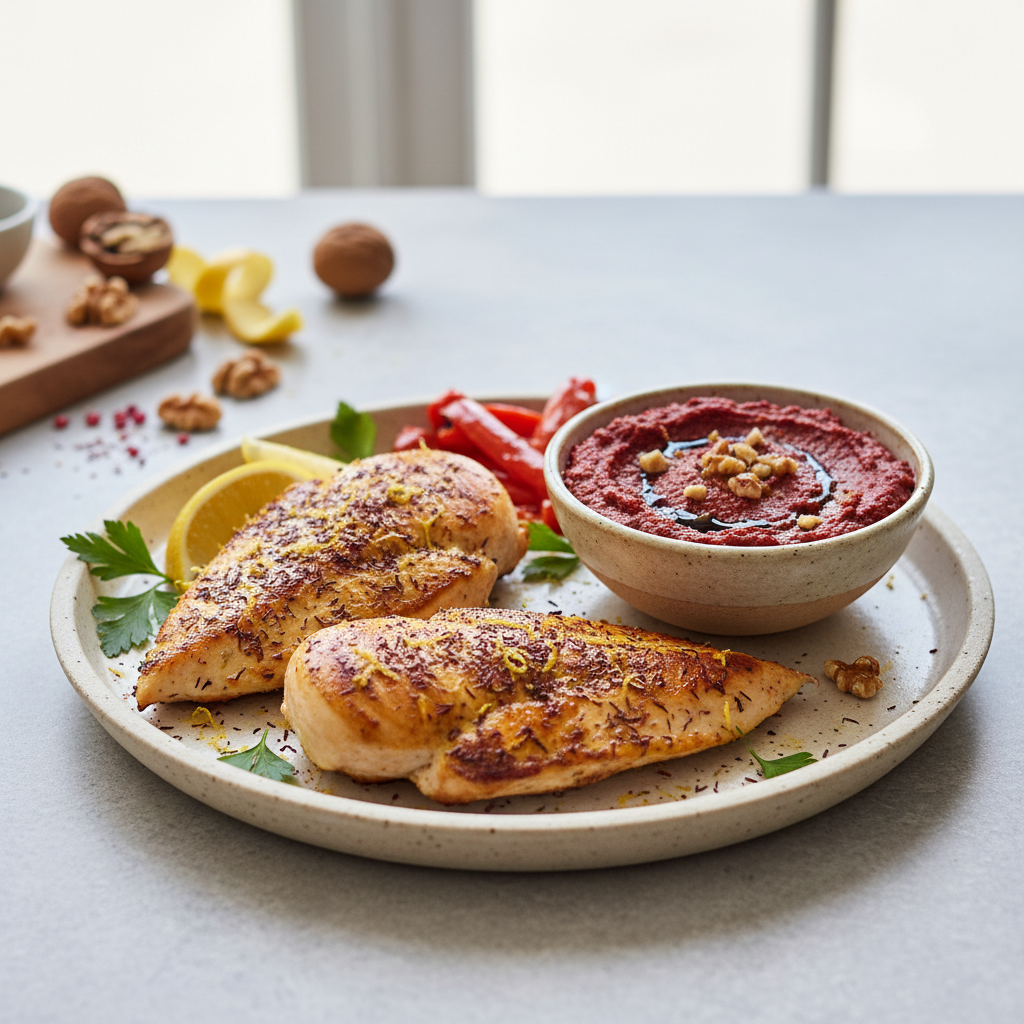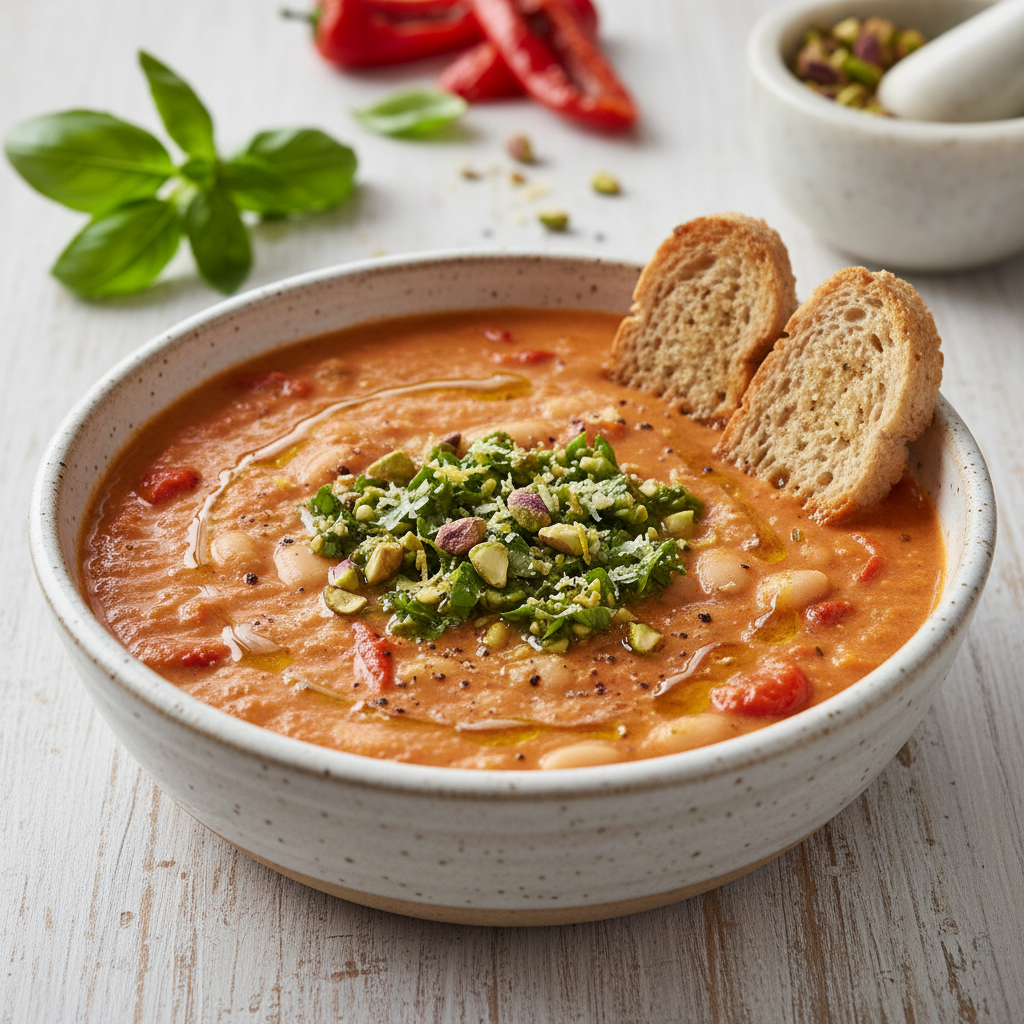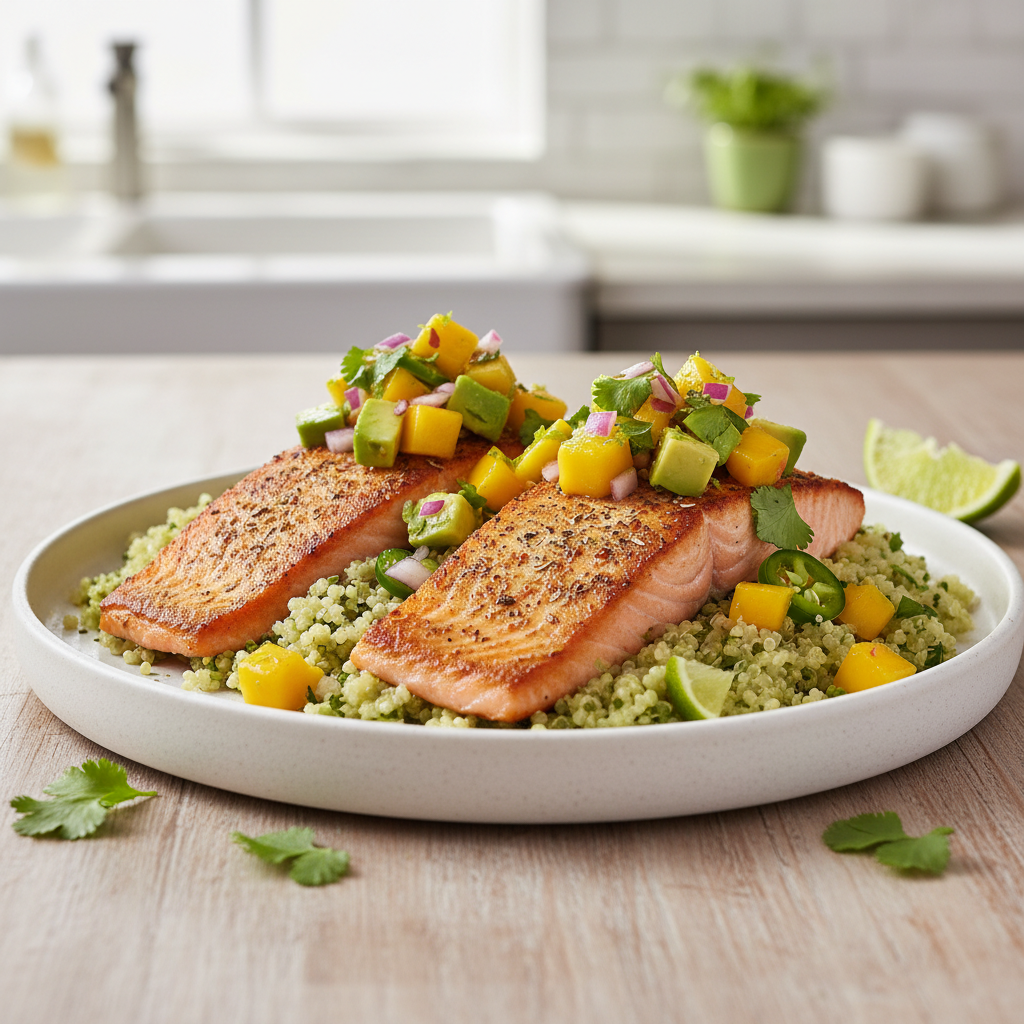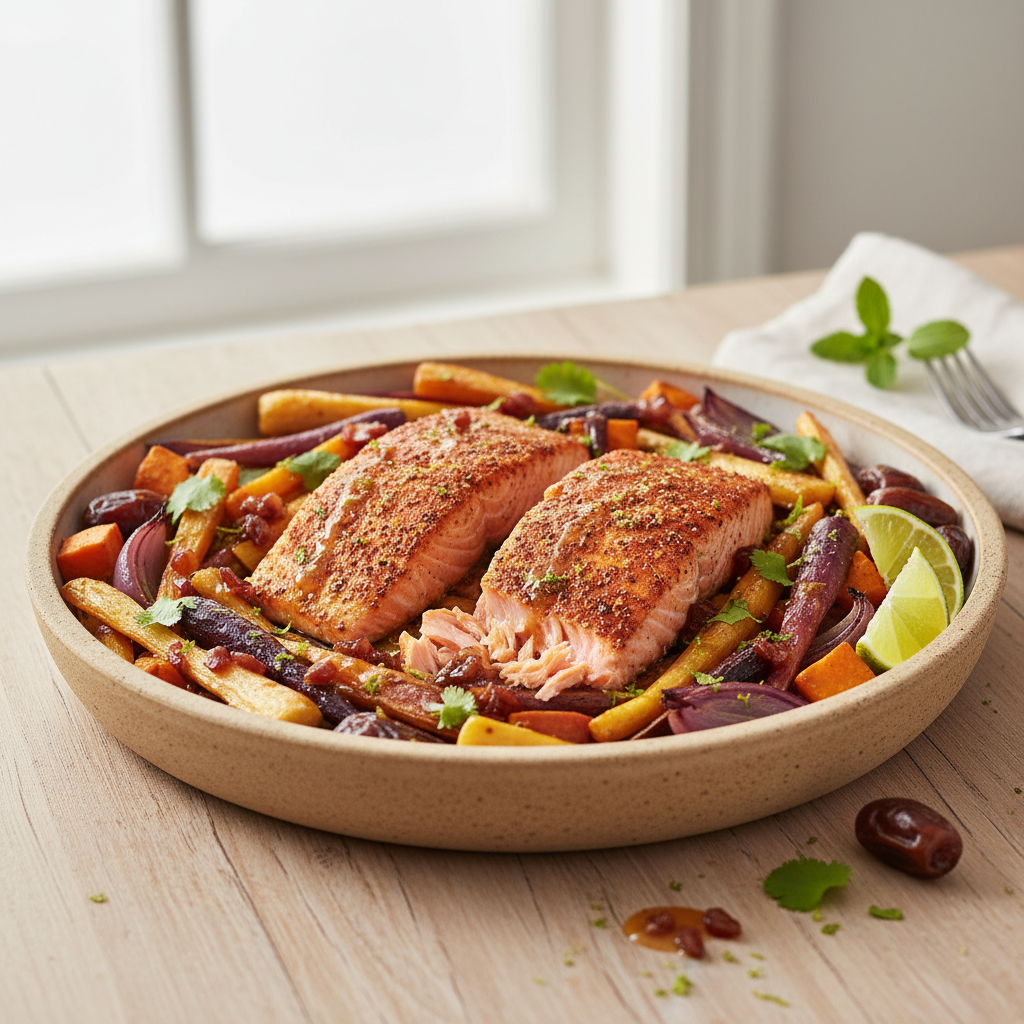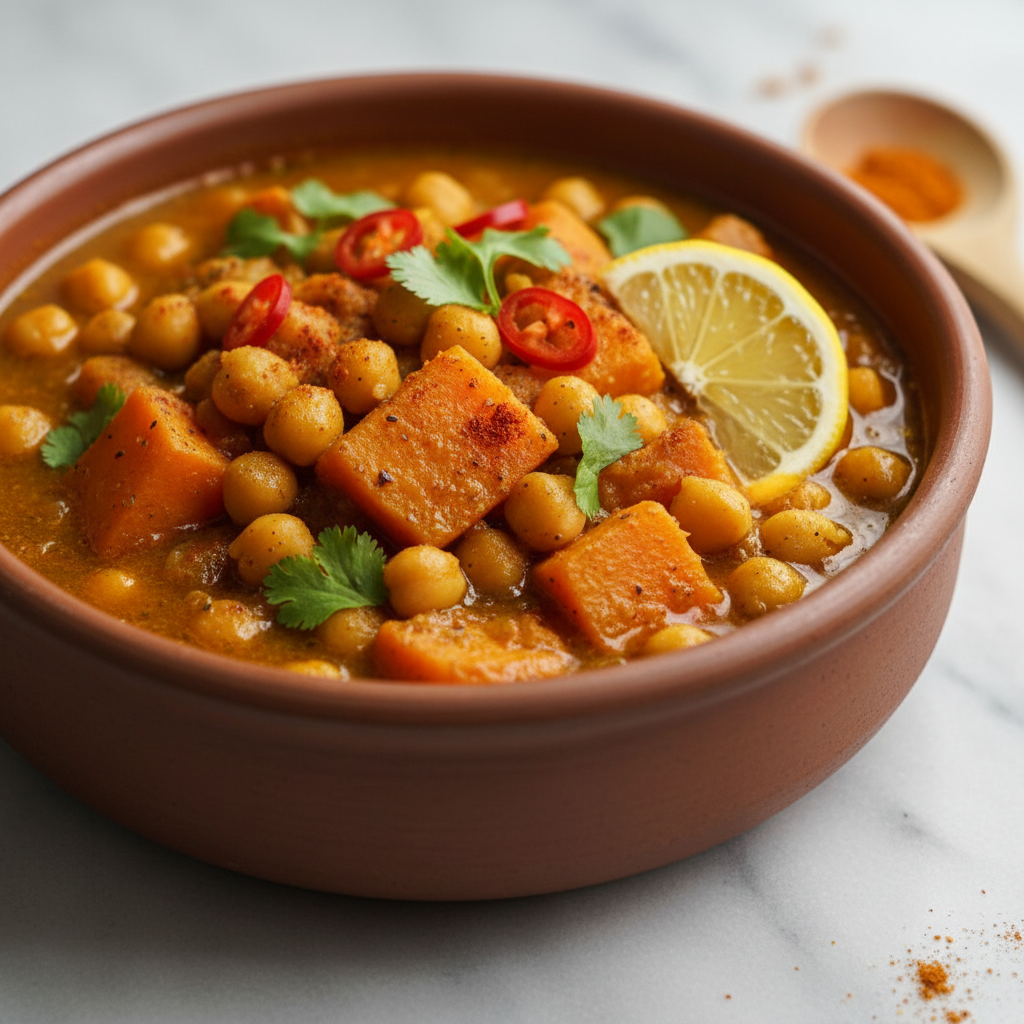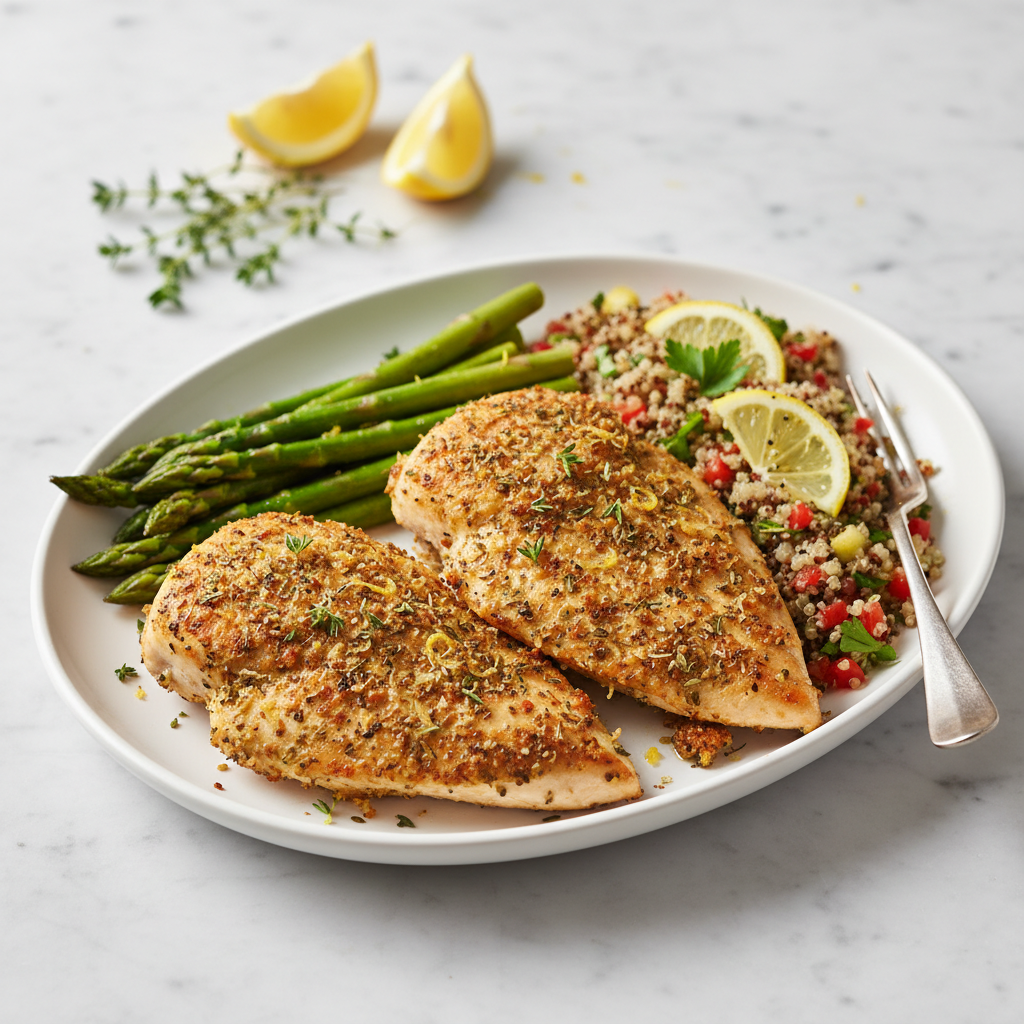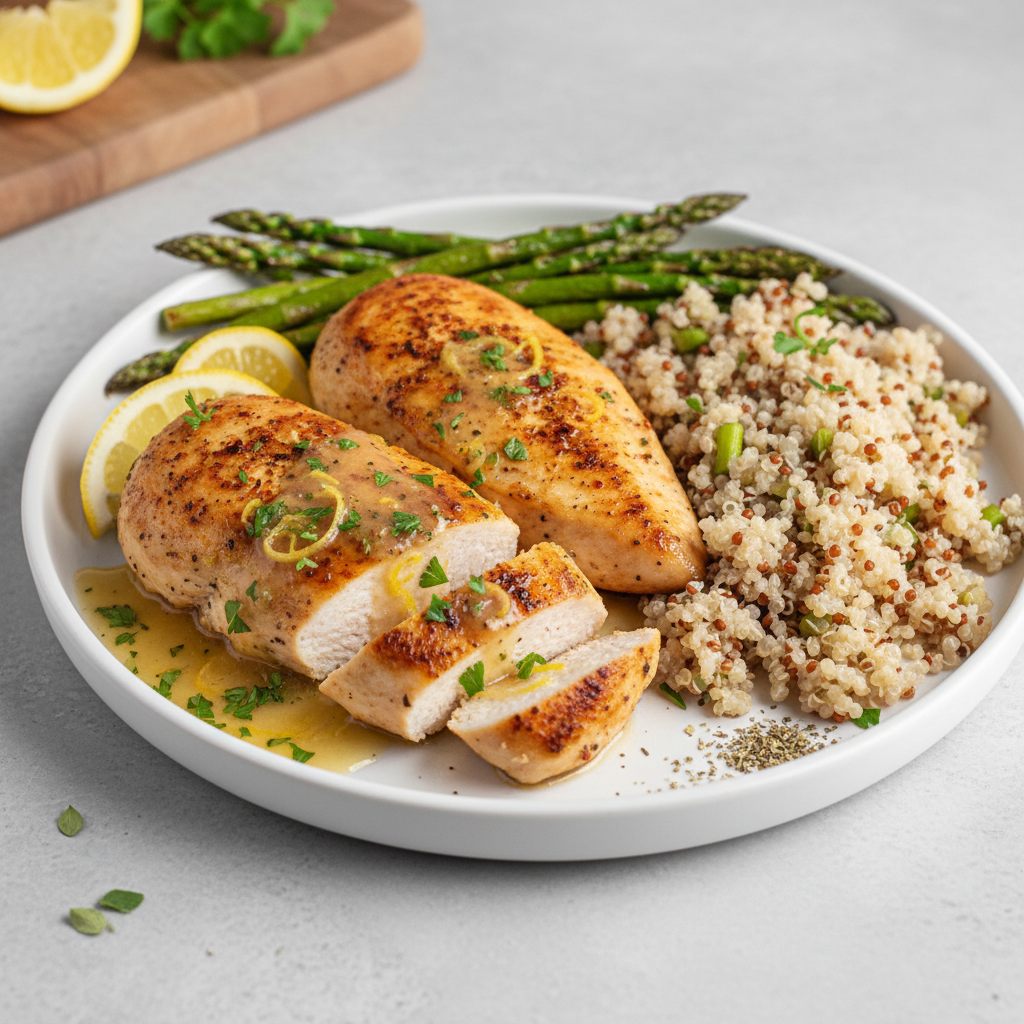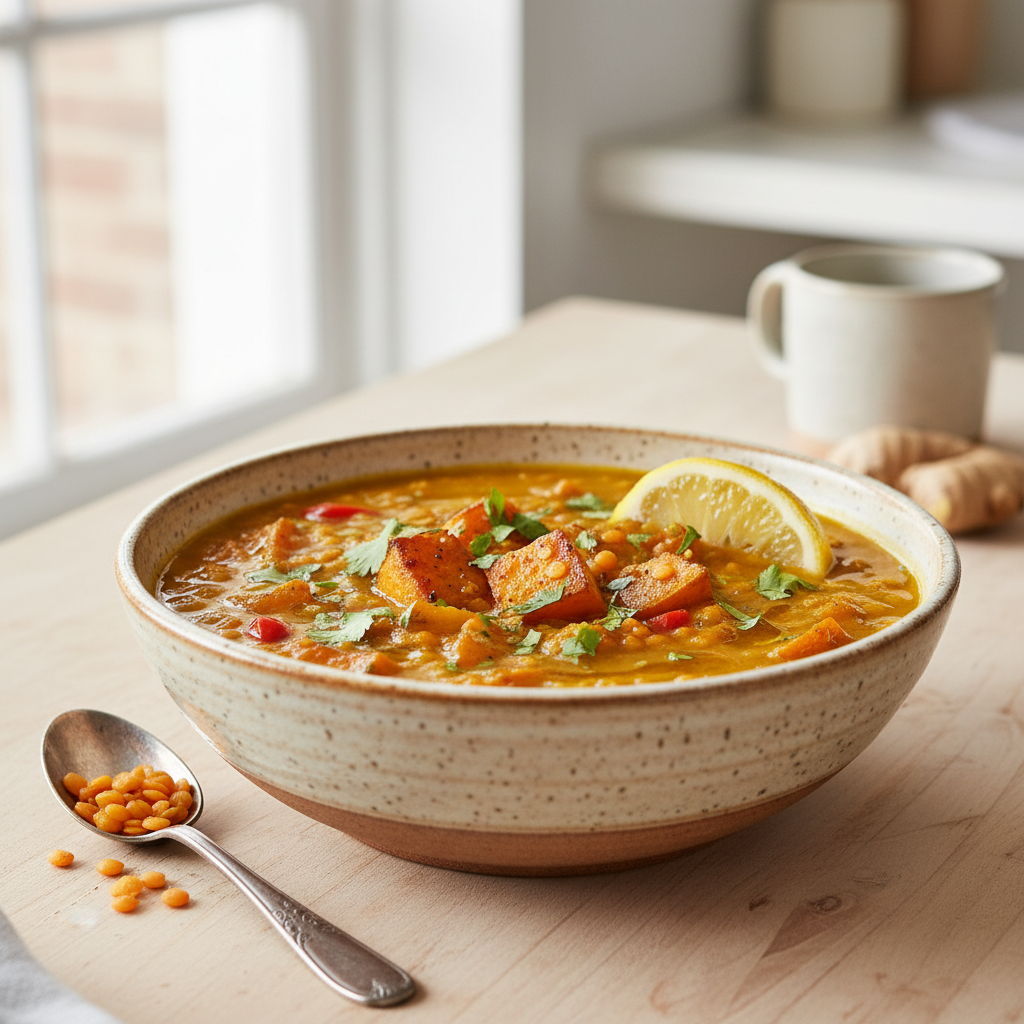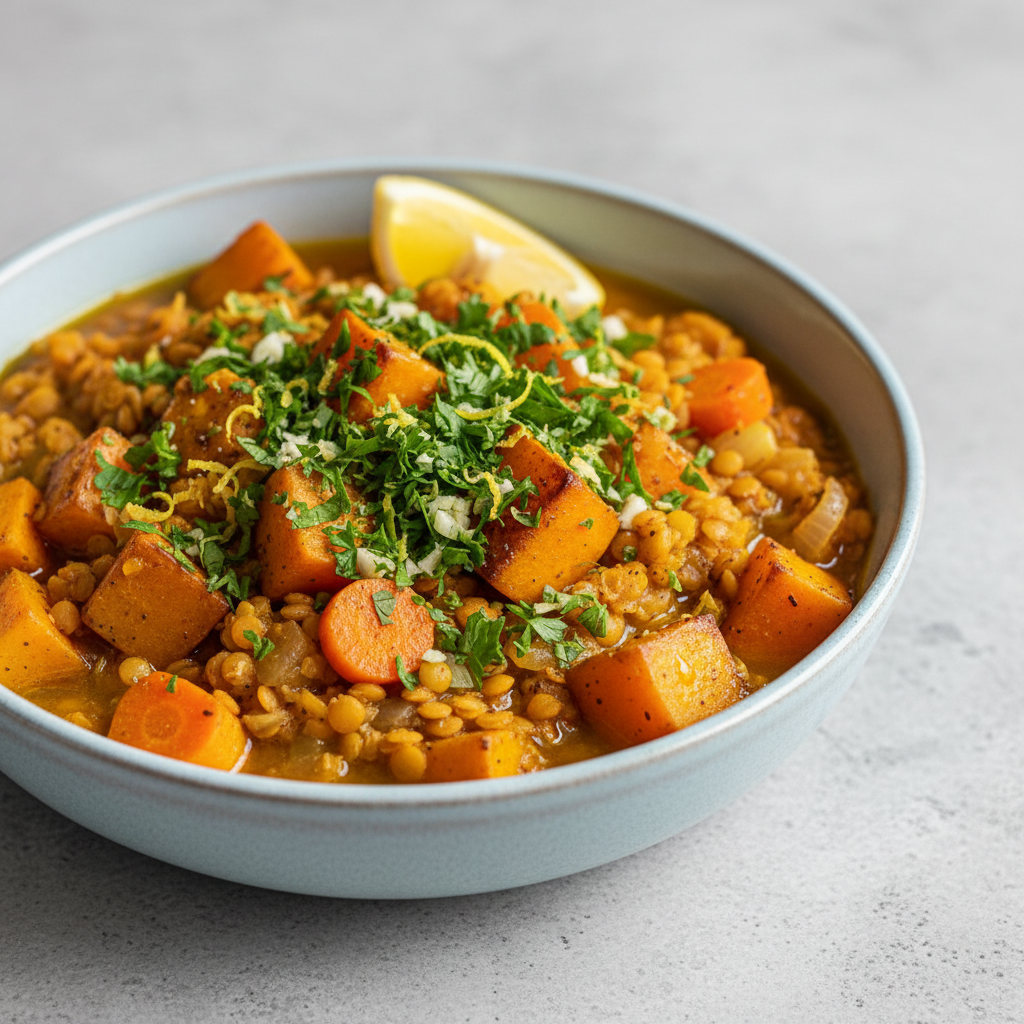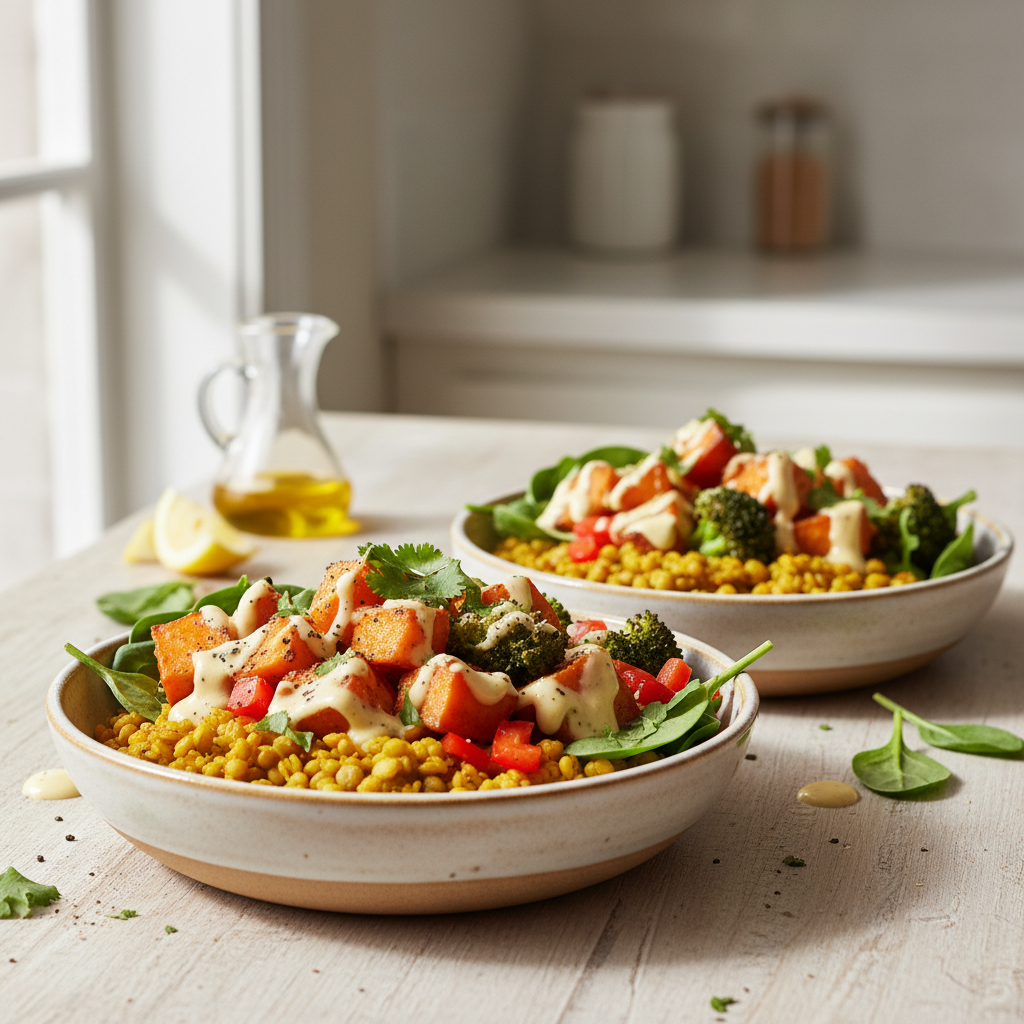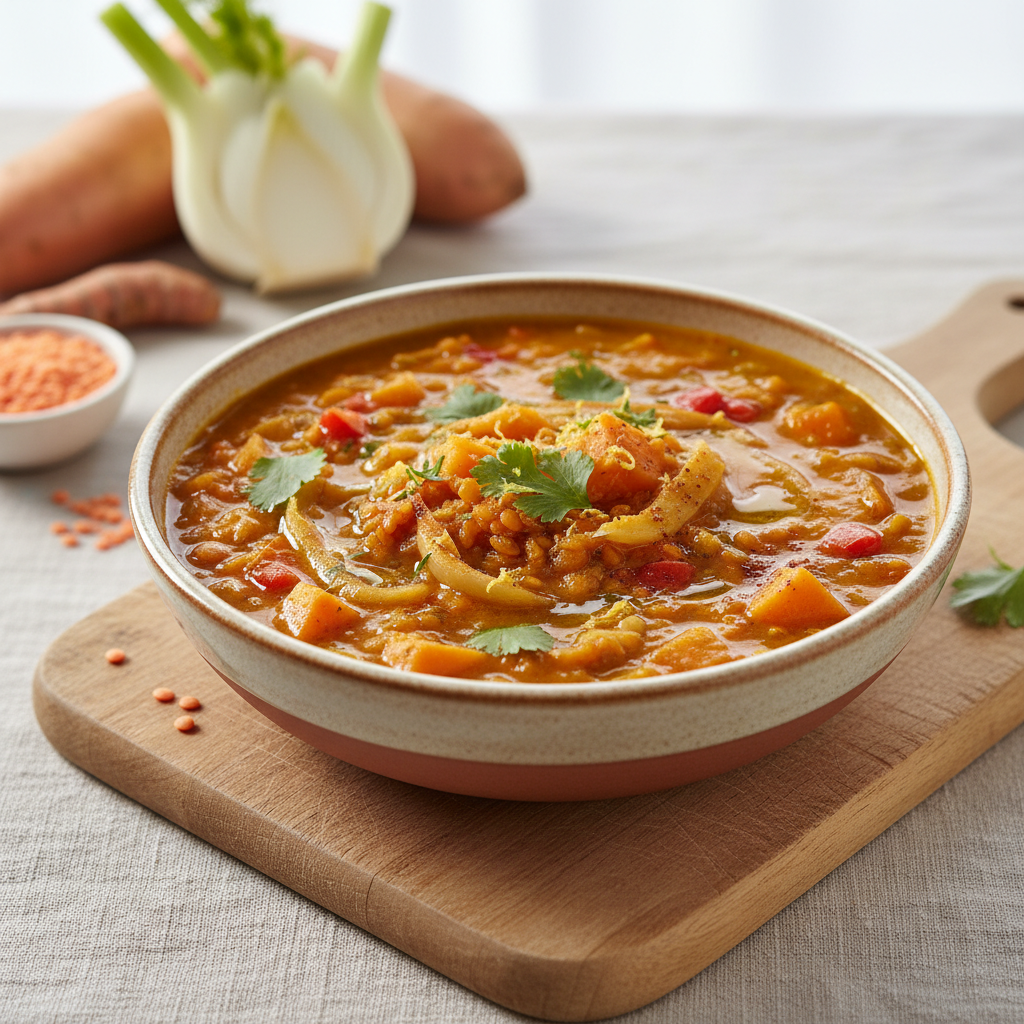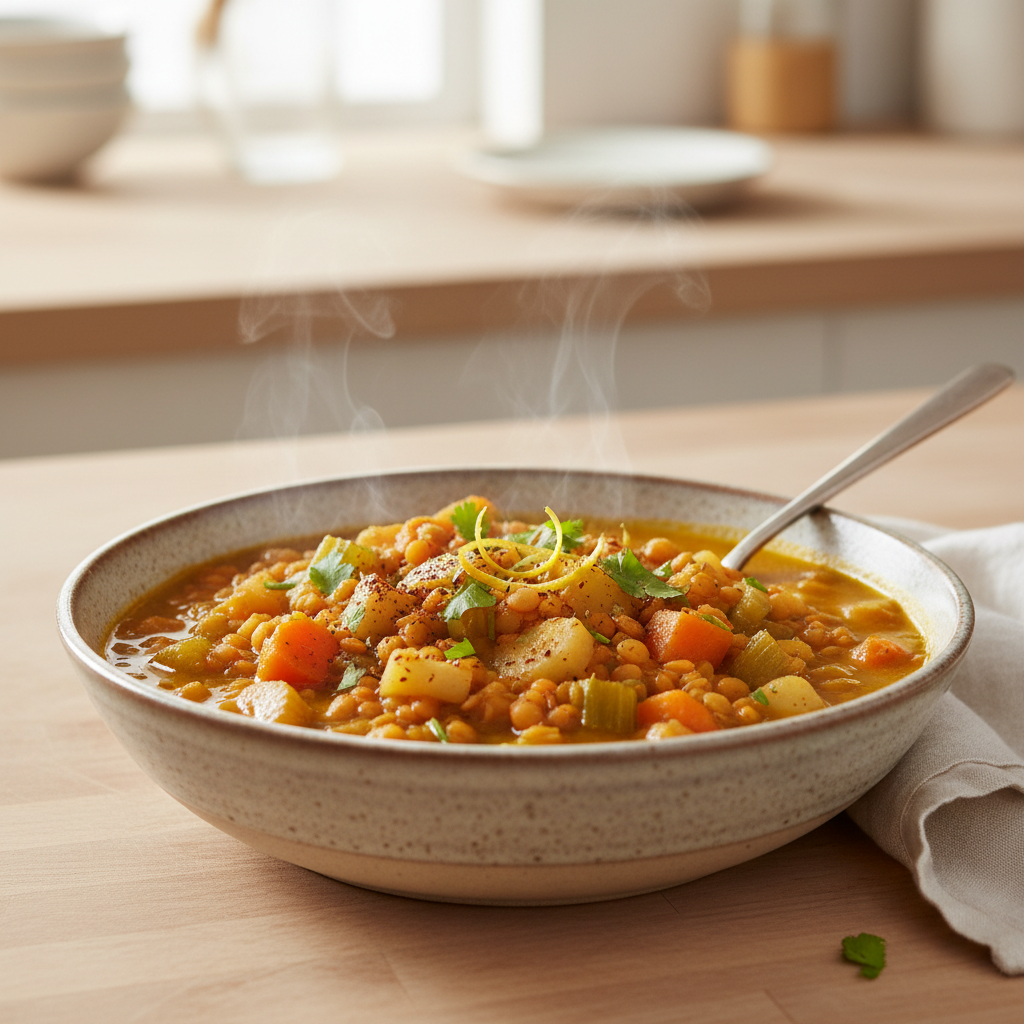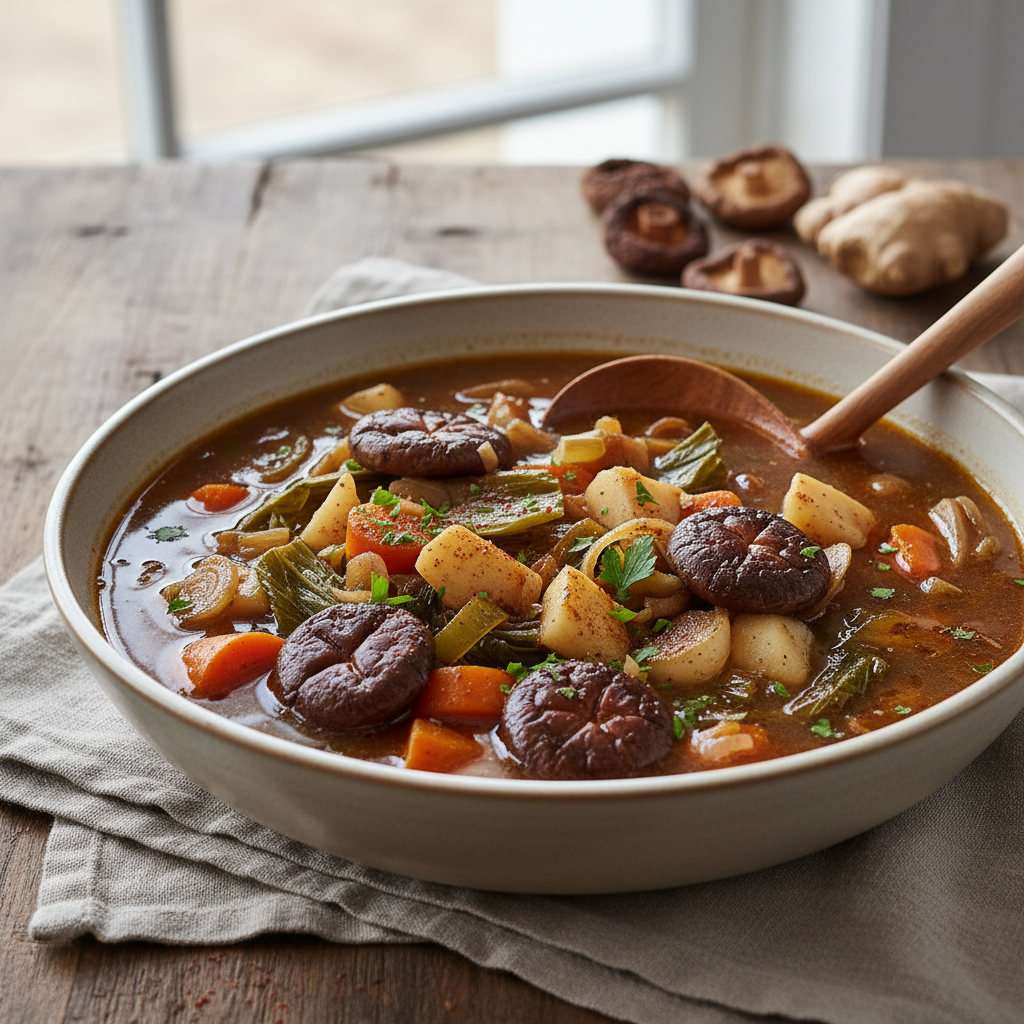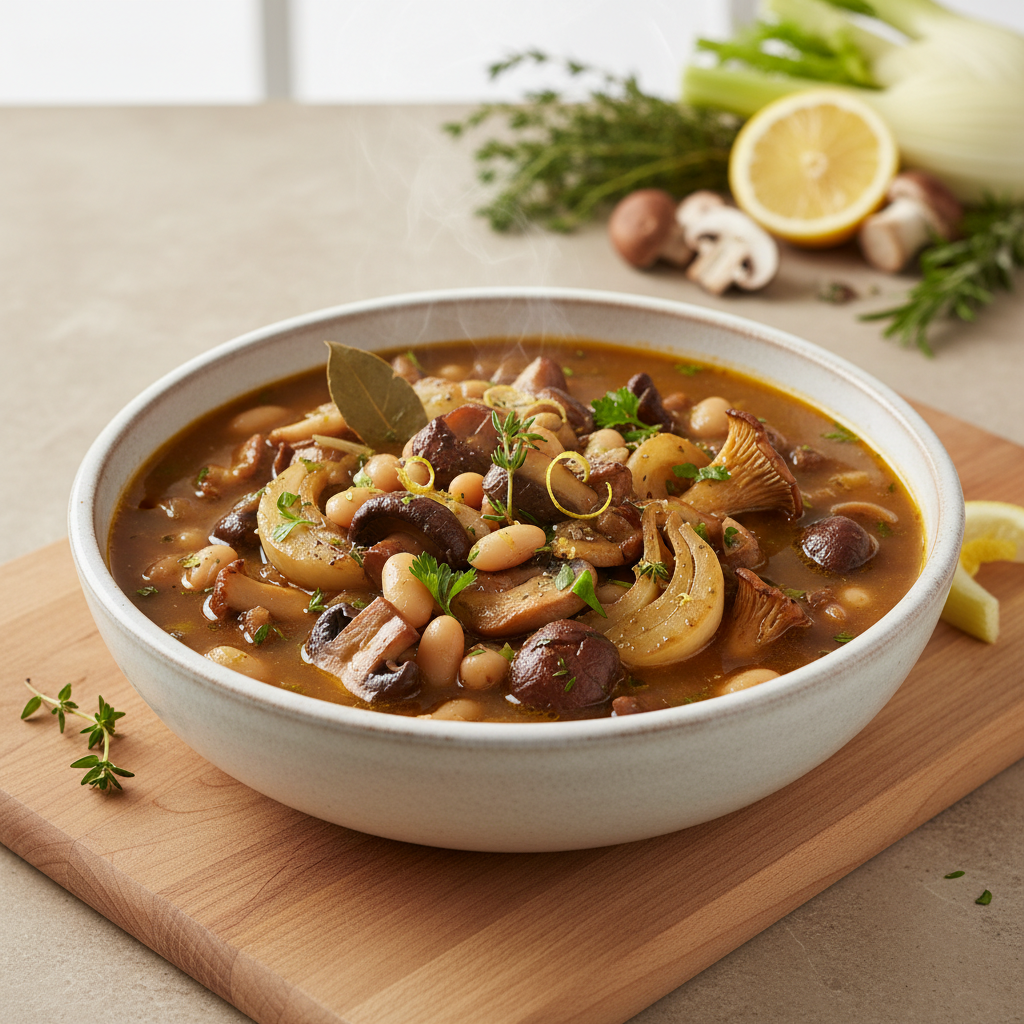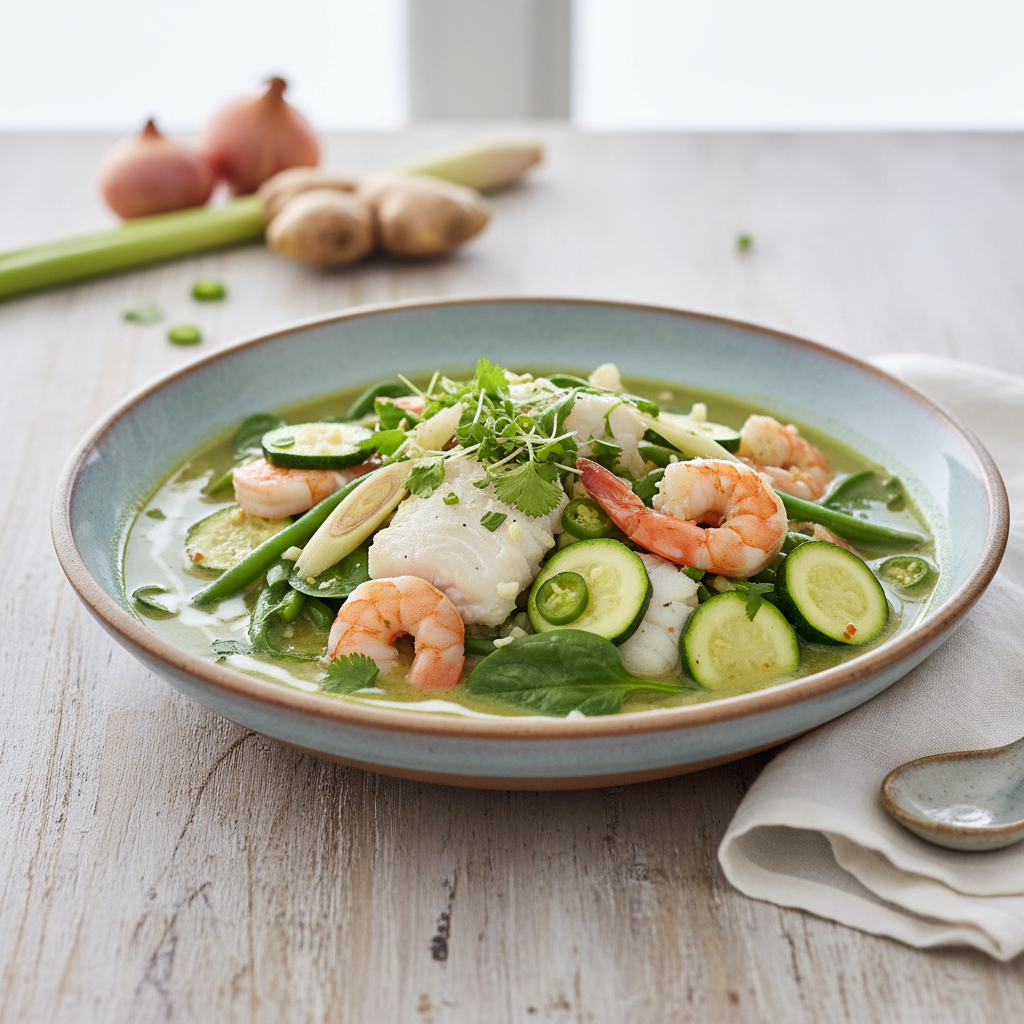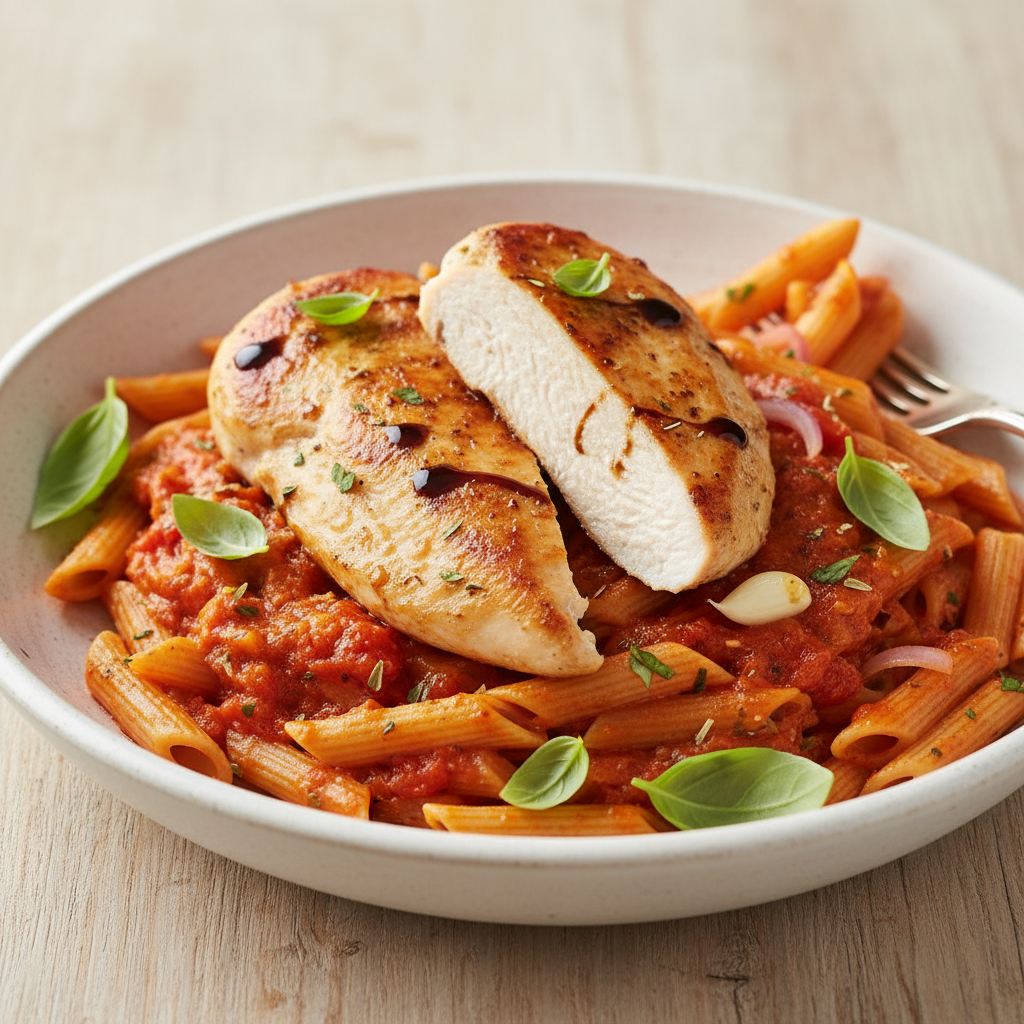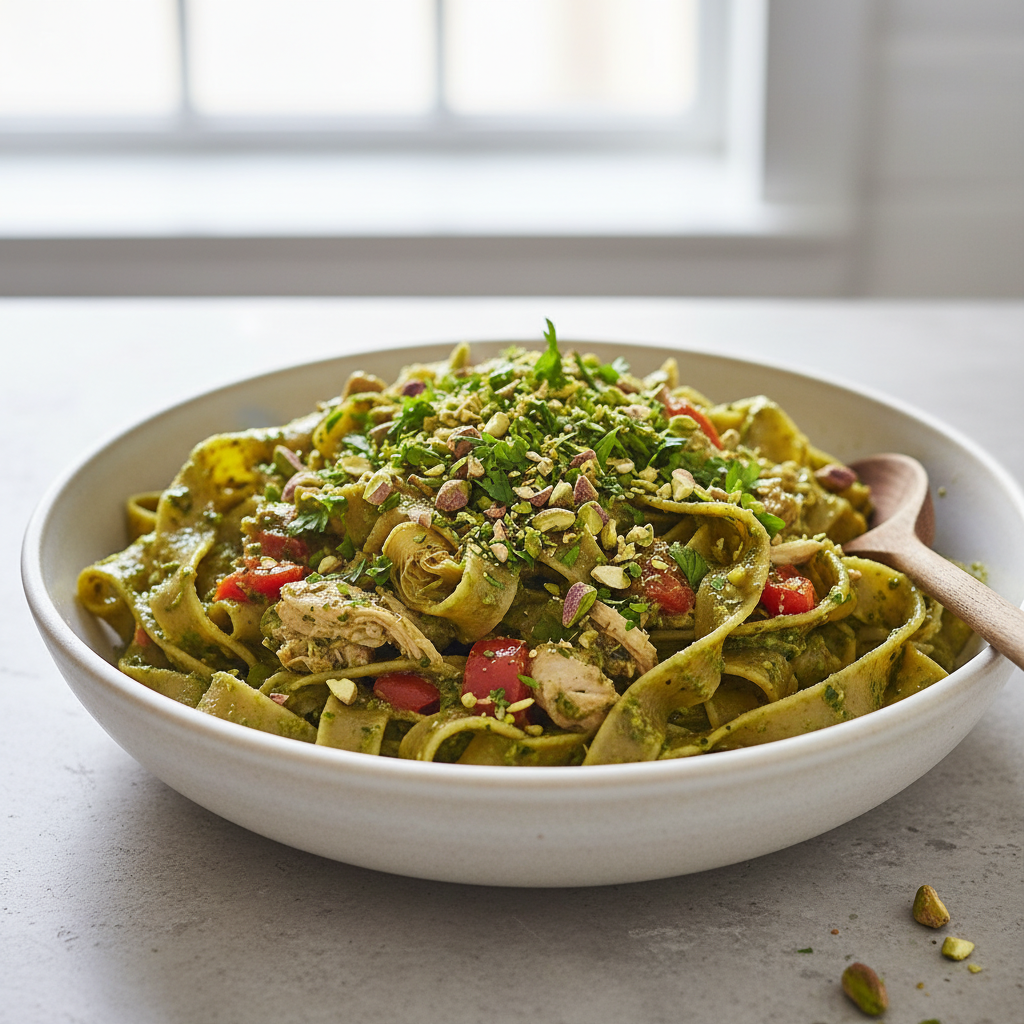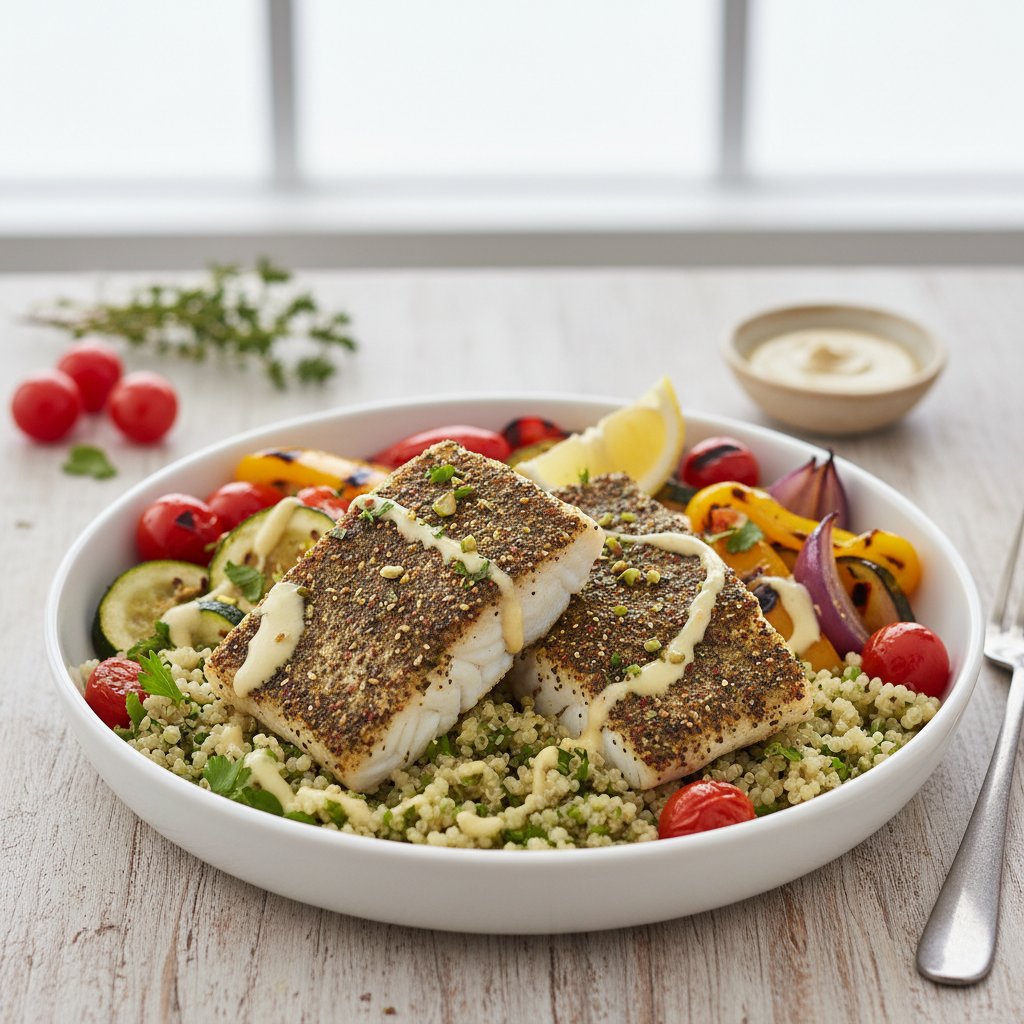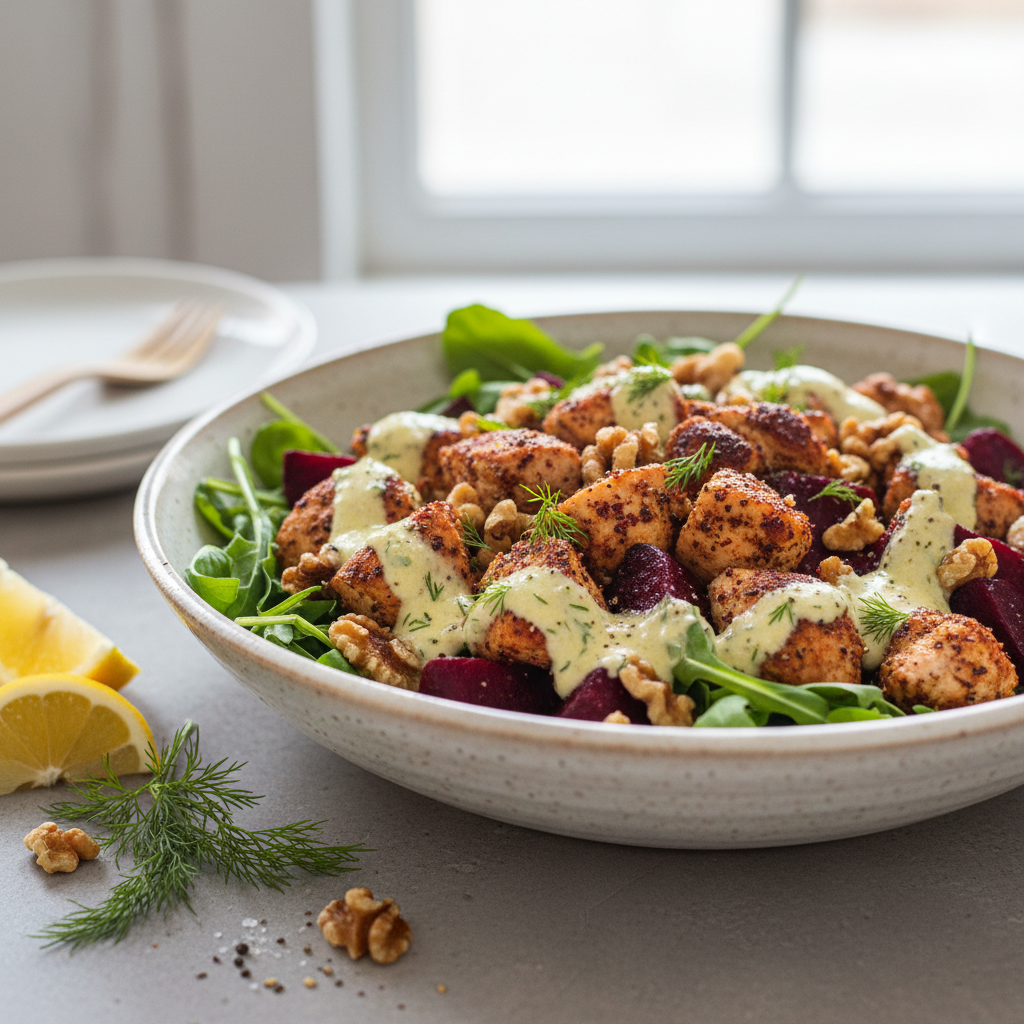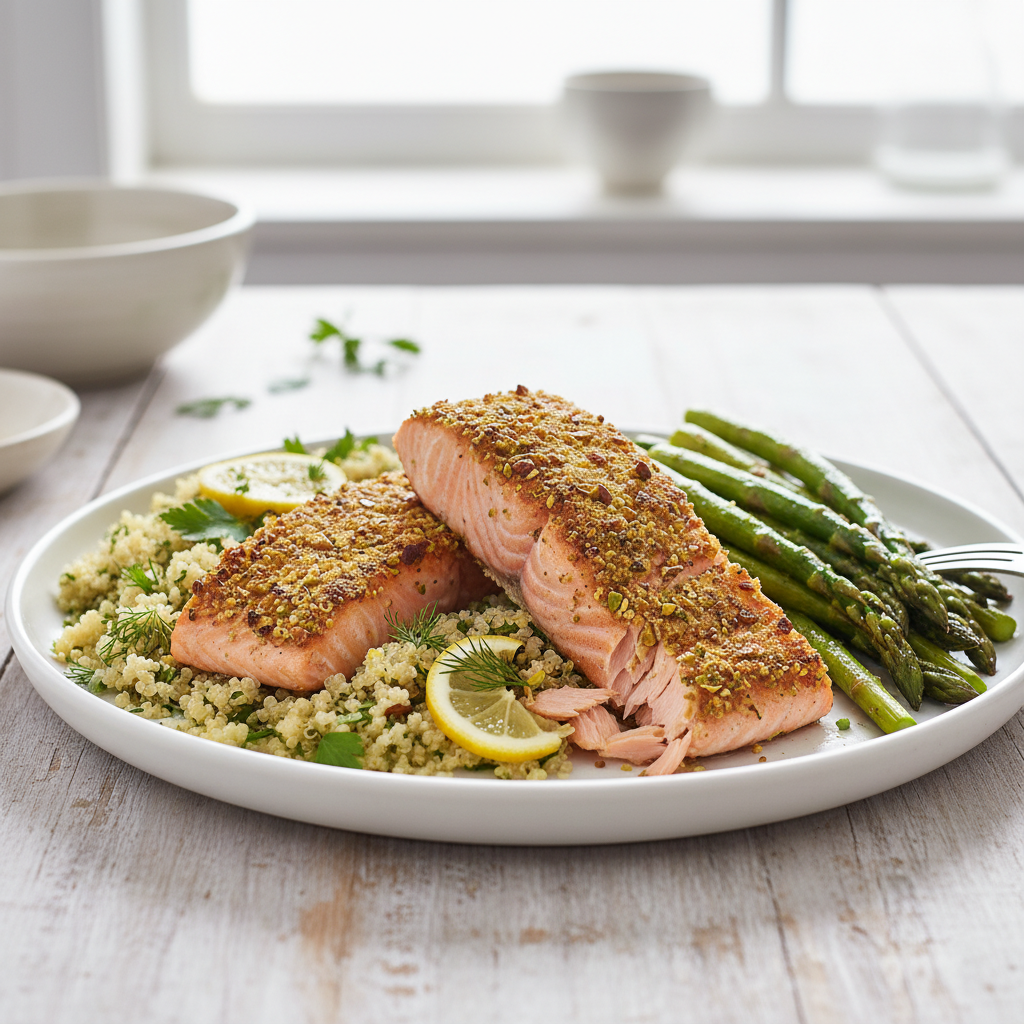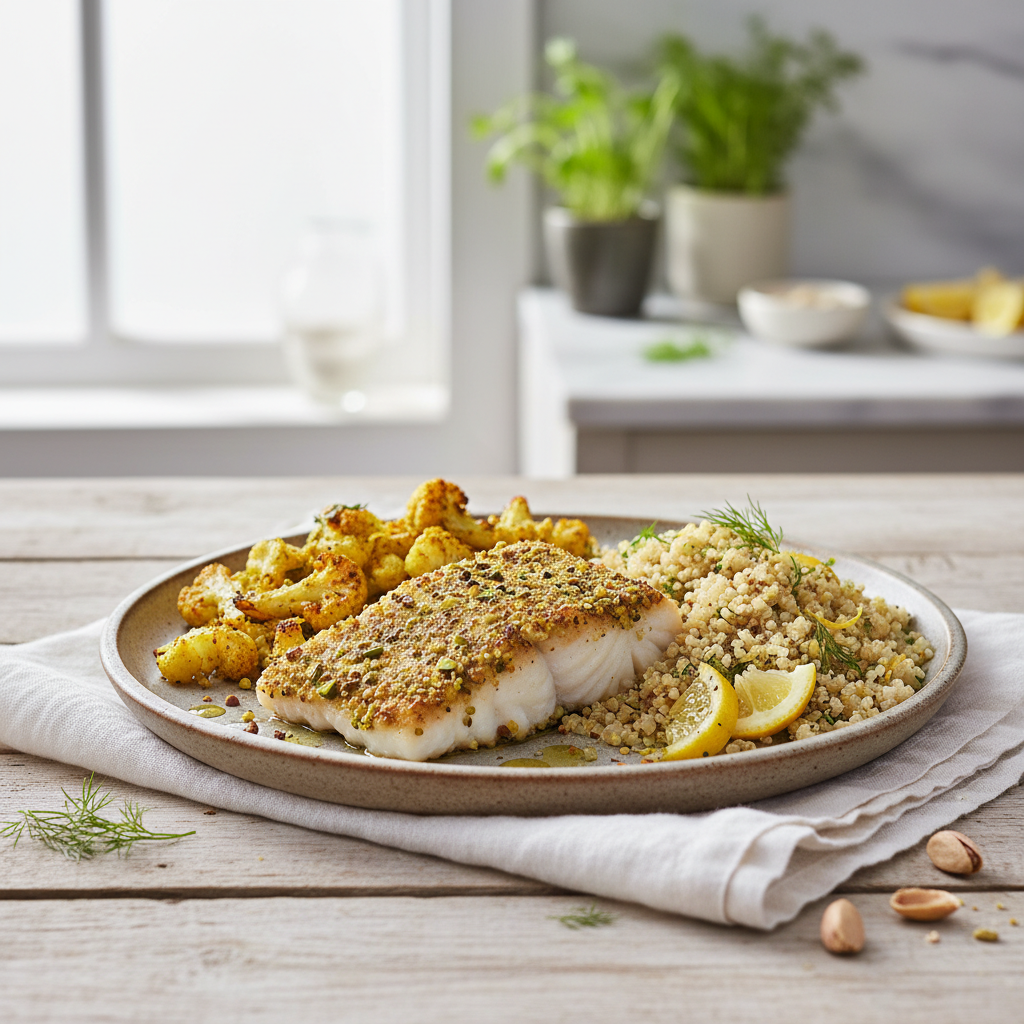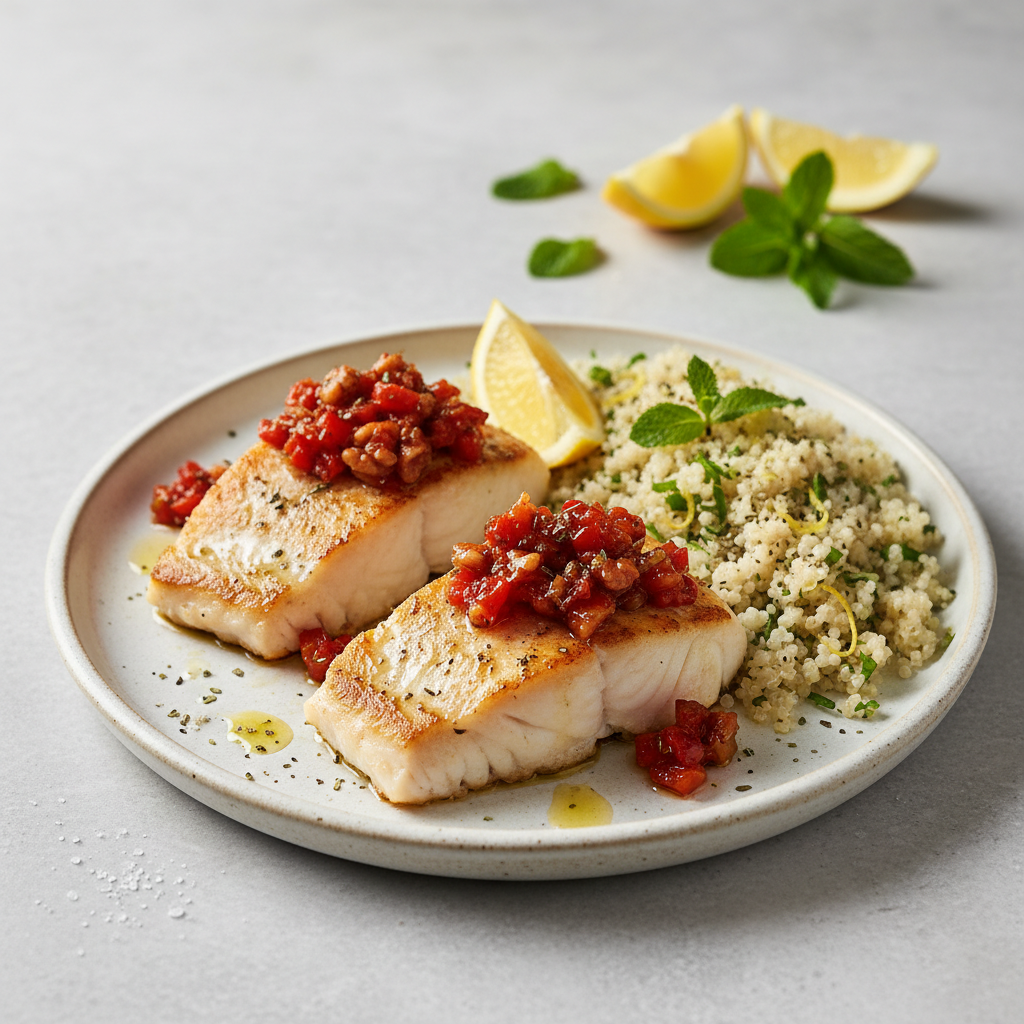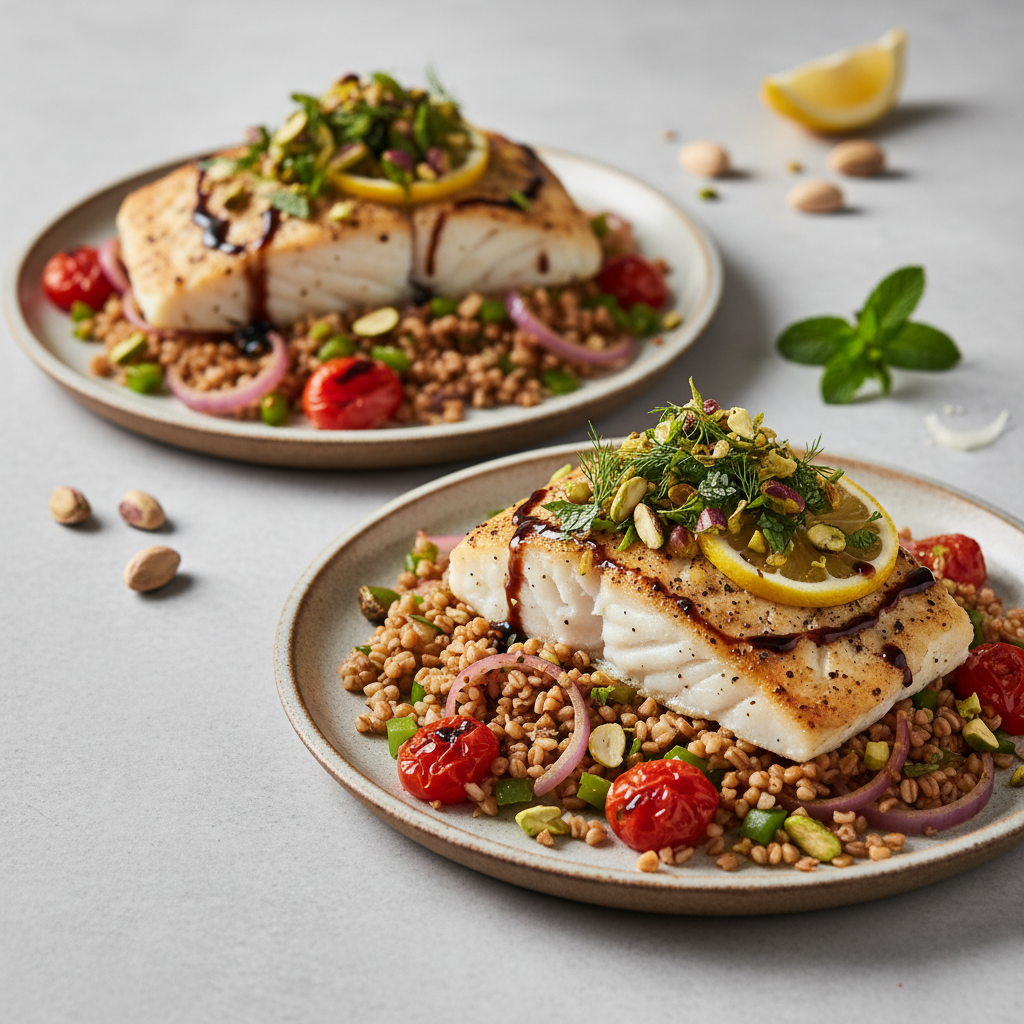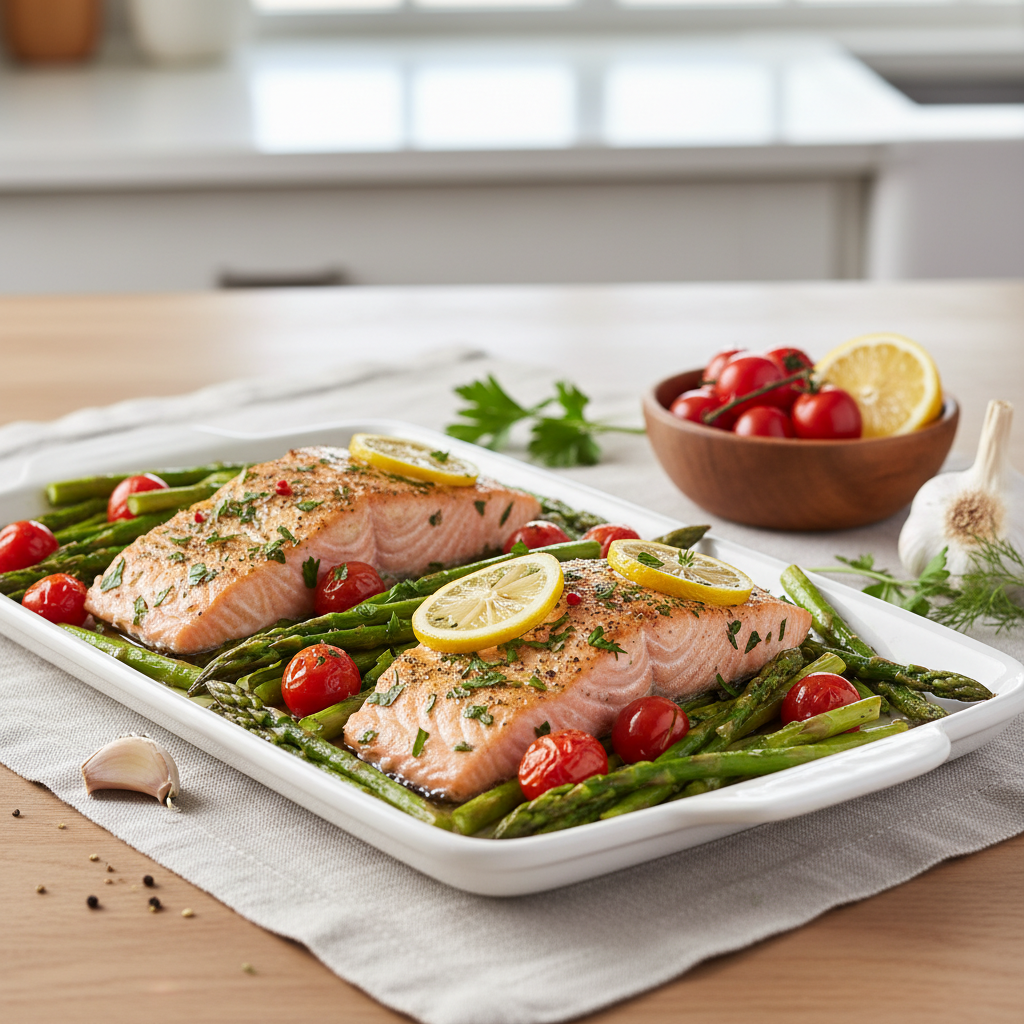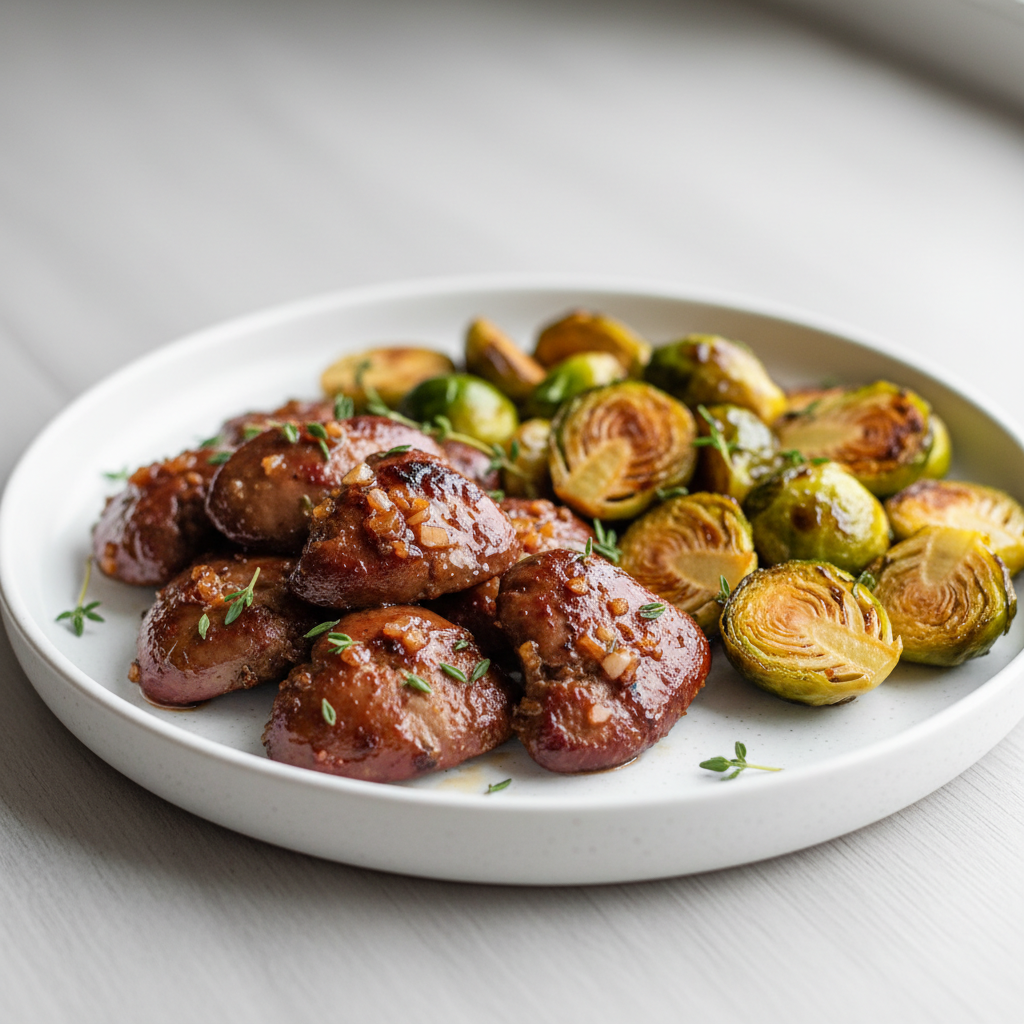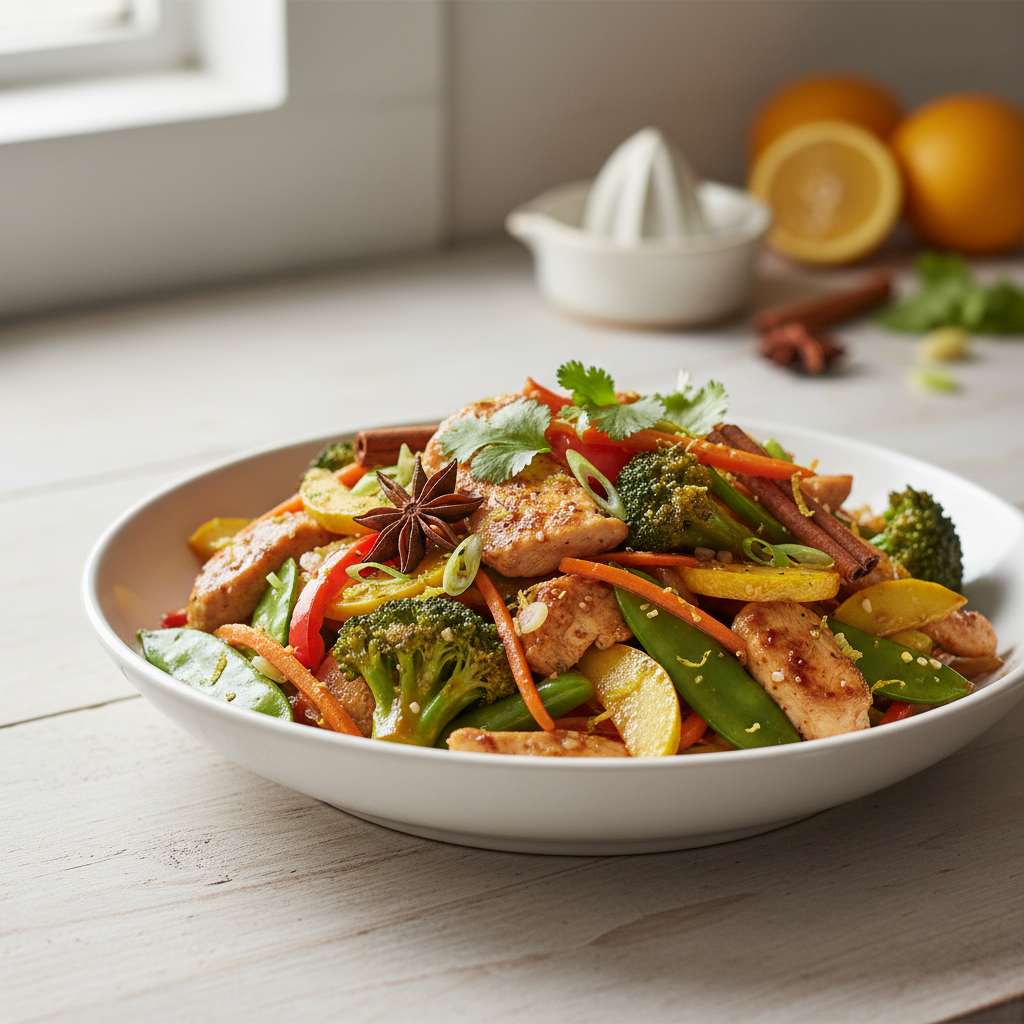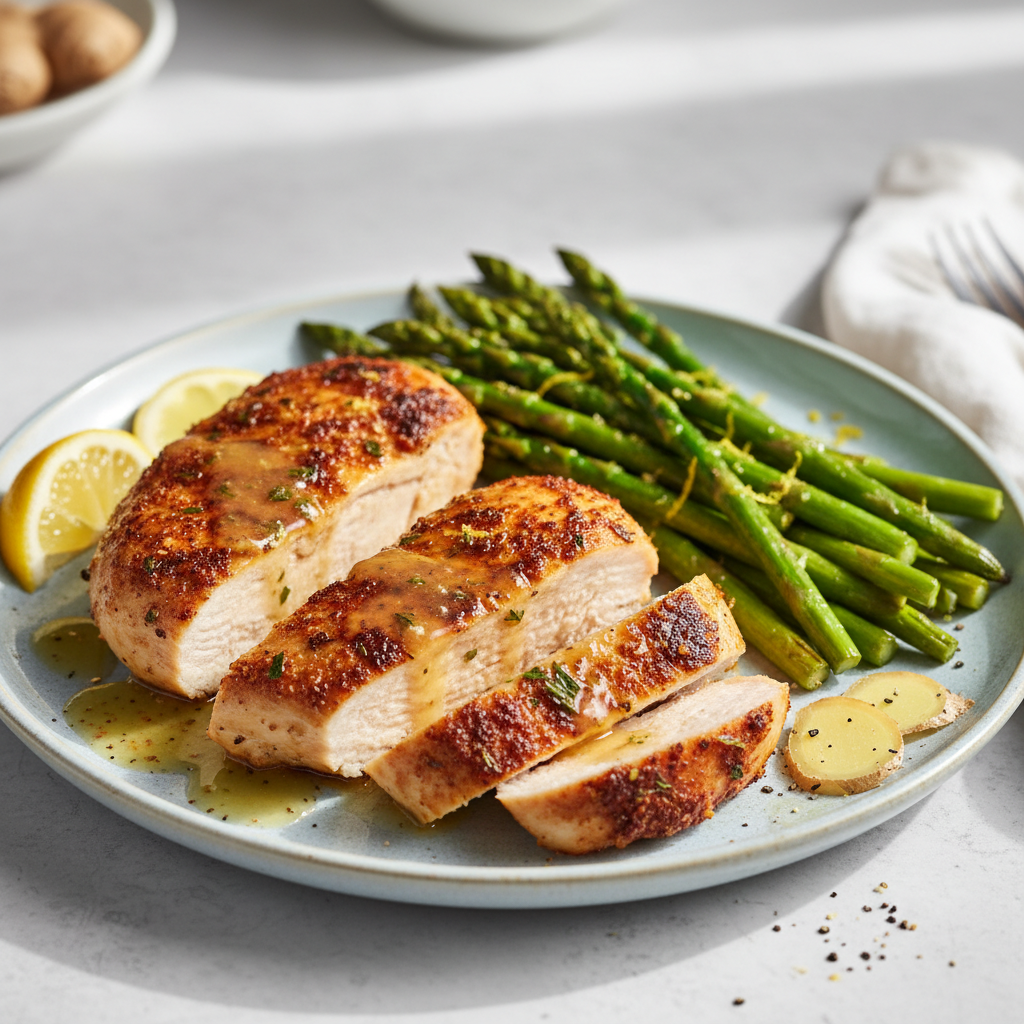
Low-sodium
Low‑sodium eating reduces excess salt while keeping meals genuinely delicious and satisfying. Many adults aim for roughly 1,500–2,300 mg sodium per day, but…
About Low-sodium
Low‑sodium eating reduces excess salt while keeping meals genuinely delicious and satisfying. Many adults aim for roughly 1,500–2,300 mg sodium per day, but your exact target should come from your clinician. The biggest wins come from cooking more at home, reading labels, and layering flavor with herbs, spices, aromatics, citrus, and umami‑rich ingredients instead of relying on salt.
Build flavor without the salt shaker
Think “layers.” Start with aromatics (onion, garlic, scallions), then add herbs (basil, dill, oregano, rosemary), spices (smoked paprika, cumin, coriander), and acids (lemon, lime, vinegar). Use umami boosters like mushrooms, tomato paste, nutritional yeast, and low‑sodium miso in small amounts. Finish with texture—roasted veggies, toasted nuts/seeds, or a crunchy slaw—to make low‑sodium meals feel complete.
What to emphasize
- Vegetables and fruit: naturally low in sodium and high in potassium and fiber.
- Lean proteins: fish, poultry, beans/lentils, tofu/tempeh; choose unsalted nuts and seeds.
- Whole grains: brown rice, quinoa, farro, barley, whole‑grain pasta (watch sauces).
- Low‑sodium staples: “no‑salt‑added” canned beans/tomatoes, low‑sodium broths, frozen vegetables without sauce.
- Homemade dressings, rubs, and sauces: control salt; add citrus, vinegar, herbs.
- Patterns that align: DASH and Mediterranean styles both naturally support lower sodium. For blood sugar, see Diabetic‑Friendly.
What to limit
- Highly processed meats (deli, bacon, sausage), flavored rice/noodle mixes, boxed meal kits.
- Restaurant entrées, pizzas, sandwiches, soups, and sauces (often >1,000 mg in a single plate).
- Salty condiments (soy sauce, teriyaki, bottled dressings). Use low‑sodium versions and portion mindfully.
Smart label reading
Scan “Sodium” on the Nutrition Facts panel. As a rule of thumb, 5% DV (~115 mg) is low; 20% DV (~460 mg) is high. Compare brands; look for “no‑salt‑added” or “low sodium.” Rinse canned beans and vegetables to remove surface salt. Remember that serving sizes matter—multiply if you usually eat more than one.
Grocery staples that make it easy
- No‑salt‑added canned beans and tomatoes; low‑sodium broths.
- Whole grains (brown rice, quinoa), oats, and whole‑grain pasta.
- Frozen vegetables and fruit (no sauces/syrups).
- Unsalted nuts/seeds; herbs, spices, vinegars, citrus.
- Olive oil and avocado oil for cooking and dressings.
Meal‑builder blueprint
Use this simple formula across cuisines:
- Half plate vegetables (roasted, sautéed, or fresh).
- Lean protein (fish, chicken, tofu, beans).
- Whole‑grain or starchy veg (quinoa, brown rice, sweet potato).
- Big flavor (herb blend, citrus + olive oil, yogurt‑based sauce, or spice rub).
Simple low‑sodium swaps
- Soy sauce → low‑sodium tamari + rice vinegar + ginger.
- Seasoned salt → herb blend + pepper + lemon zest.
- Bottled dressing → olive oil + vinegar + Dijon + herbs.
- Deli meats → roasted chicken breast or beans/lentils.
7-Day Meal Plan
Free Shopping List (PDF)
Get a printable shopping list for a full week of low-sodium meals.
Related Collections
FAQs
- How much sodium should I aim for each day?
- Many adults aim for ~1,500–2,300 mg/day, but your target should come from your clinician based on your health and medications.
- How do I make low‑sodium food taste good?
- Layer flavor: aromatics (onion, garlic), herbs, spices, citrus, and a splash of vinegar. Add umami (mushrooms, tomato paste) and texture (roasted veg, nuts) so meals feel complete.
- Any tips for eating out?
- Preview menus; ask for sauces/dressings on the side; choose grilled/roasted options; favor vegetables and plain starches; split entrées or box half for later.
- Are salt substitutes okay?
- Some use potassium‑based substitutes; check with your clinician first—certain conditions/medications (e.g., kidney, ACE inhibitors) need caution.
- What should I scan on labels?
- Sodium mg per serving and your typical portion. As a guide, 5% DV (~115 mg) is low; 20% DV (~460 mg) is high. Compare brands for staples.
Recipes tagged "Low-sodium"

